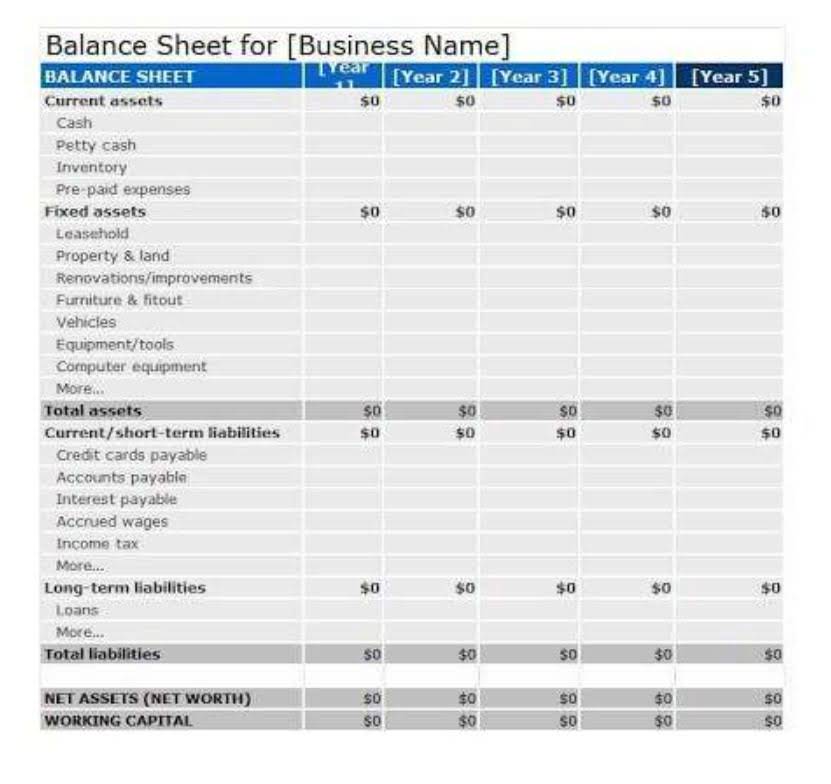Set clear expectations and establish a communications framework that works for you both. Any business owner knows that the financial aspect of their operations requires a lot of attention and effort. By removing the pressure of managing and running financial operations, both employees and decision-makers are able to perform better and make more sound business decisions. Having a finance BPO partner means that you always have an expert by your side—one you can regularly consult and work with in order to improve your results continuously. Banks and lending institutions sometimes outsource their customer acquisition to a capable third party.
- In the business world, investment management refers specifically to ensuring that the company’s assets are maintained and maximized.
- In addition, outsourcing financial services enables companies to improve their operational resilience.
- Banks, lending institutions, insurance companies, and real estate businesses are the sectors most in need of outsourced financial services specific to the functions they render.
Plus, they offer a generous 7-day trial period to test their services firsthand before committing. And if you hire someone who doesn’t quite fit the bill, no worries—just reach out to your account manager stock based compensation sbc expense accounting for a quick replacement. Wishup also makes sure these professionals are well-versed in over 70+ accounting software and tools, including QuickBooks live bookkeeping, Zoho, FreshBooks, and Xero.
Insurance consultants specialize in different fields, including health, life, and auto. Their job is to help businesses and individuals identify their insurance needs, provide needed information about policies https://quickbooks-payroll.org/ and premiums, and prepare quotes for the clients. Statutory reporting and compliance involve submitting financial information to the relevant governing bodies, such as federal, regional, or state agencies.
Give them access to account records and any transaction receipts you have. Onboarding is all about getting them up to speed on your business and duties. This step involves negotiations (rate, schedule, etc.) and where you conduct your remote onboarding process. You won’t have much control or oversight over the course of the project. You have the authority to evaluate meeting schedules, but it can be challenging to arrange them.. Bookkeepers and accountants can give you some level of financial guidance.
Ask for referrals from your peers for firms that provide outsourced accounting resources, cybersecurity support and/or technology consultants. As the founder of a company that provides outsourced accounting and finance services, here are three areas that I expect accounting outsourcing will continue to grow—and why. If you’re looking for location-specific platform to outsource financial service tailored to your needs, then look no further than Freelancer.com. With professionals working in over 10 countries, it’s the go-to platform for connecting you with talented freelancers around the world. With Guru, a reliable platform to outsource financial service and hire dedicated remote experts, you easily hire consultants who are extremely well versed with the accounting software QuickBooks.
BDO USA Announces Social Impact Strategy
A lot of services offer free or discounted periods, so you can see if you like what they do. We love to stress this point a lot because this is a significant pain point for a lot of people. As soon as possible, you want to establish what platforms to communicate with. Create a list of duties, responsibilities, and qualifications and attach it to your job description template. Going through these before and during onboarding ensures that you have those needs met. For instance, hire a company that has clear data protection policies and security measures in place.
According to a 2020 survey by Sage, technological literacy is one of the top skills needed by accountants today. Outsourcing financial services is a valid choice for businesses looking for a cost-effective solution. They can benefit from the flexibility and scalability this option offers.
What’s holding your organization back?
Before you begin looking at the various financial services available, think about what exactly you need from your outsourcing service. An excellent accounting outsourcing provider can help you identify cost saving opportunities without compromising on efficiency and quality of work. As your outsourced team does not consist of in-house employees, you don’t need to worry about renting real estate or paying for utilities (electricity, internet connection, etc.). Processes like accounting and supply chain finance management require tons of expertise and experience.
Wishup is the perfect solution if you’re looking for a dedicated virtual assistant to handle your bookkeeping needs. With a rigorous vetting process in place, Wishup ensures that you only get to work with the top 1% of the talent in the industry. Their virtual assistants are highly skilled, experienced, and capable of delivering exceptional bookkeeping services. So, after all that hard work and thorough investigation, we present you with this carefully curated collection of the top seven platforms to outsource your financial services.
How do you know if outsourcing is right for your financial service business?
Again, outsourcing can play a role in ensuring your accounting systems and sensitive data are protected. As more security is developed, criminals’ abilities to find weaknesses continue to grow. It definitely doesn’t take a crystal ball to know that security and data protection are growing needs as bad actors get more sophisticated with their nefarious ploys. According to a Boston Consulting Group report, the financial services sector is 300 times as likely to be targeted by a cyberattack as other sectors.
That means they can seamlessly integrate into your existing workflows, making your life easier and your bookkeeping processes smoother than ever. Toptal caters to a wide range of industries and offers a curated selection of highly skilled freelancers. Whether you need assistance with complex financial analysis, strategic planning, or investment management, Toptal ensures you find the right match. In the U.S. alone, the financial outsourcing market is estimated at $18.3 billion, accounting for a 45.7% global market share. These numbers showcase how more and more companies are discovering the advantages of outsourcing financial functions.
You could develop a long-lasting partnership with your offshore team when your communication flows clearly. And by acquiring an outsourced finance team, you can finally bridge the gap and work with the best professionals in the financial services sector worldwide. The Philippines is home to many finance and accounting graduates and professionals. With various skilled specialists in the BPO industry, they could deliver cost-effective and sound financial outsourcing services to businesses of all sizes, from growing startups to Forbes-ranked enterprises. Another outsourcing solution that banks and lending institutions benefit from is back-office support. Specialized outsourced teams perform administrative tasks, allowing the organization to focus on its core functions and boost its overall efficiency.
Forensic accounting is concerned with conducting investigations into the finances of a business, typically as a way to explain the nature of a financial crime such as embezzlement or fraud. In the corporate world, the focus is on assessing how business funds were spent and determining whether something is or isn’t taxable. To get the best results from your outsourced team, you need to manage them the right way. While it may not be possible to accurately calculate your outsourcing expenditure yet, you need a rough estimate to ensure your business doesn’t risk overspending. List out all your business needs and keep these in mind when you look for the perfect outsourcing service.
We are located in the Mile High City, just west of Denver International Airport off of I-70. Instead of taking a hefty loan or line of credit, consider the advantages of invoice factoring to help take your business to the next level. Many companies are handcuffed from potential growth as they balance increasing revenue generation and expenses. Property managers are responsible for overseeing residential, commercial, or retail properties, including collecting rent, organizing maintenance and repairs, and advertising. This allows you to judge their performance and how well they suit your business requirements. Additionally, consider what benefits each vendor provides – which might not be something you thought of before.
Many businesses opt for outsourced financial services because accounting and finance are crucial components of a business. Many financial companies benefit from financial service outsourcing from banks to insurance companies to commercial real estate. Before building long-term business plans, companies need to conduct financial analysis, and many choose to outsource this service.












